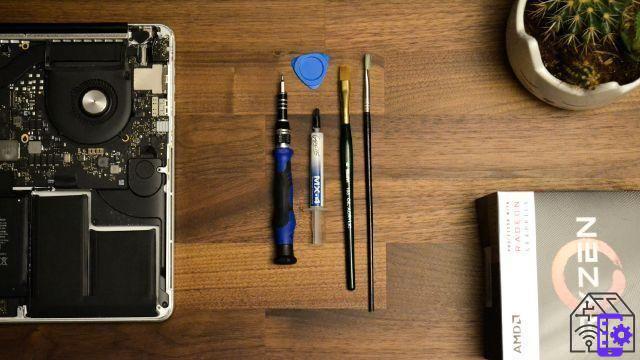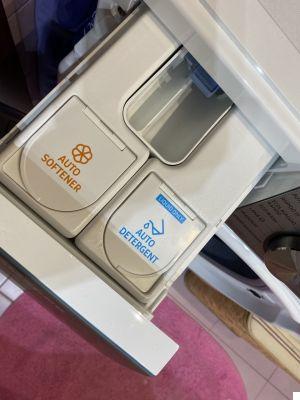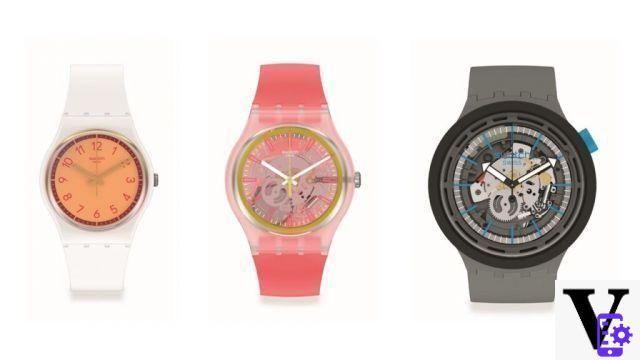Le Menses they are hardly tolerated in our society, a still very evident embarrassment hovers around this topic. They are perceived as a secret, a taboo, relegated to women's issues, affairs and topics that cannot be spoken about openly with everyone, least of all in the workplace or in the family. In the rare cases where we try to remove the filter of silence from the conversation, the menstrual cycle becomes something uncanny, as if we become the embodiment of the protagonist of the novel by Stephen King, Carrie, capable of destroying the detractors with the power of thought alone.
Or menstruation becomes one stigmaI'm something to be ashamed of, something dirty, unclean, something unspeakable, whose name is hard to pronounce, embarrassing nicknames are used to weaken the rotting evocation, becoming “my things” or “the marquis”. There has been a lot of discussion recently - unfortunately - about the shot of Leandra Medine Cohen on Instagram, the influencer e New York businesswoman, who posed on social media with a white dress stained by the sky, declaring how much she loved being a woman. As he wrote Gloria Steinem, if men were to have menstruation, they would become an enviable male event and a source of pride.
The sanitary napkin, history and change
At the same time, even sanitary pads have almost by association become an uncomfortable object, which must be hidden, camouflaged, the stone of scandal, to be kept well away from prying eyes, as the journalist states. Raffaella Malaguti in his essay on menstruation: “The days of Pliny are long gone, when it was believed that a woman in“ those days ”made the must sour and made the crops sterile; yet even today we talk about menstruation in an almost exclusively negative or pathological sense ”. Yet theabsorbent is a real technological innovation, one metamorphic instrument, which has transformed over time, from an intrusive cloth made of rags to an internal tampon, a menstrual cup or a washable slip.
In this article we will try to make a small excursus on history of the sanitary napkin and on the history of menstruation, trying to understand what was the first sanitary pad ever made, who invented it, how much the sanitary pad has changed over the years and how today's products and their marketing have come about.
How it changed: the tampon, the evolution of menstrual products between past and present
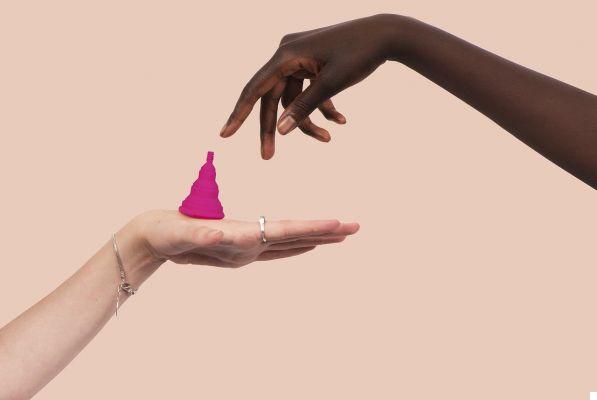
The oldest evidence we have of the sanitary napkin dates back to ancient times Egypt: in Papiro Kahun (About 1850 BC) which contains 35 different paragraphs on women's health, the menstrual cycle is mentioned and the figure of a washerwoman washing the loincloths of menstruating women is mentioned. What turns out is that Egyptian women, in all likelihood, used linen tampons during their period or softened papyrus. But the first written records that speak of sanitary pads date back to the times of Ipazia, Greek astronomer, mathematician and philosopher, (lived between 370 and 415 AD) of whom it is said that, to get rid of Idomeneo, an unwanted suitor, she threw a cloth soaked in her menstrual blood on him.
Greek and Roman women used simple ones strips of cloth, which could be as much wool as rudimentary pads of gauze, or paper, or animal skins, moss, leaves and grass. Women in Japan made tampons out of paper, which they had to change more than twelve times a day. Unfortunately, due to the stigma we do not have precise testimonies, but what is known is that the ancient Romans experimented with woolen bandages that were attached to belts, under the clothes, fixed at the waist.
Women often dressed in red colored dresses
During the Middle Ages the situation changes, both from a health and social point of view. Due to the witch hunt, the Inquisition made it impossible for women to be able to live peacefully, much less to be able to talk about blood and menstruation. Yet there was certainly no lack of inventiveness: in the Middle Ages women sewed themselves gods shorts able to hold cotton pads in place; rudimentary underpants were not very popular clothing during this period, and were generally more common among men.
Also, in order to camouflage the bloodstains, women often dressed with red clothes. But the remedy that was very much in vogue during the Middle Ages was Sphagnum palustre, a type of moss with a very high absorbency, which was used to stop bleeding, and with which pads or strips of cloth were created.
The first written testimonies that speak of sanitary pads
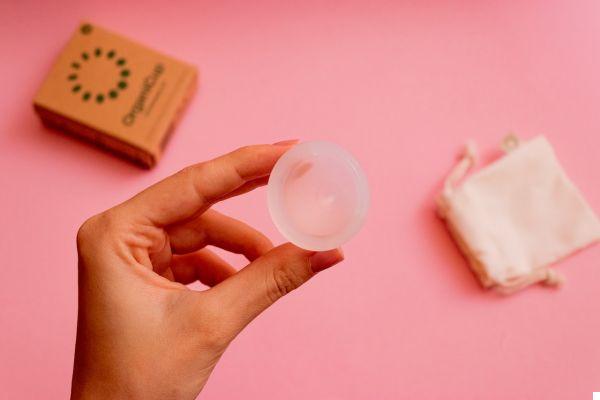
Between 1600 and 1700 the hygienic conditions became complex: the idea spread that washing the linen in some way caused illness, could also lead to diseases in the home environment and that it favored the menstrual cycle. Intimate hygiene did not exist, cleaning with water was considered dangerous, and women were not allowed to touch their genitals as a matter of modesty and education. For this reason, as a remedy forPersonal care, extensive use was made of perfumes, strong fragrances, ointments. Despite this, cotton strips, animal skins, wool pads, but also sponges and mosses continued to be used.
A turning point would then come in the 800th century: initially the sanitary napkins were simple home-made cloths made of flannel or woven fabric; Also very popular was a health belt, which consisted of a device tied to the hips with a rope or a band, made to support a bearing, a folded piece of cloth. Yet, towards the turn of the century, concerns about poor hygiene and a bacterial resurgence caused by inadequate cleaning of reusable products set the stage for a new menstrual market. In fact, between 1854 and 1915, twenty patents were issued for menstrual products, including the first menstrual cups (generally made of hard rubber), shorts or underwear and towels by Lister (a precursor of maxi sanitary towels).
Perfumes, fragrances, ointments
The latter were the first disposable pads, which made their first appearance in Germany and the United States: the inventor was a doctor, Joseph lister, who understood the importance of using sterile tools to avoid the spread of bacteria. They were initially produced by Johnson & Johnson and at the same time also sold through a German production, such Hartman. As the products were being sold door-to-door in the 1870s, the first products available to a mainstream audience arrived in the 1890s. It was far from a success.
Initially none of these solutions had a great impact on consumers: the moral taboos around menstruation led women to still be reluctant to buy them. Most women found it cheaper and more comfortable, and certainly less embarrassing, to use their sanitary pads with the materials they had at home.
Tampons and menstrual cups, the stigma and taboos
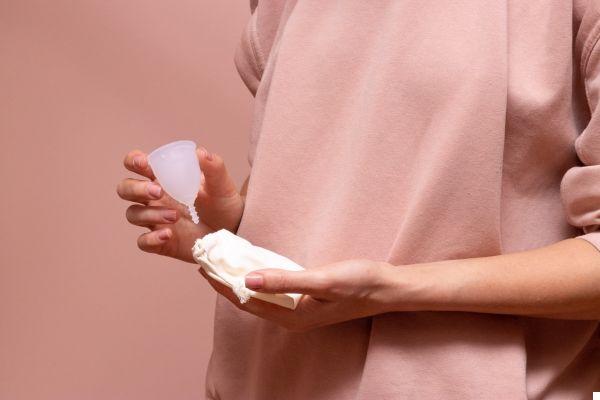
The real revolution then took place in the twentieth century. During the First World War, the French nurses they realized that the bandages of the soldiers' wounds were very absorbent, much more than cotton. So they began to make cotton pads wrapped in gauze for their own use. The company Kimberly-Clarke Company, which produced the disposable bandages and pads for American soldiers, did not lose sight of this opportunity: these pads, which were born as products of war necessity, were then used, according to the intuition of John Williamson, such as modern cellulose absorbents. This employee invented the first tampon, which would later become the famous one Tampax.
In 1921 he became famous Kotex, the very first brand of sanitary napkins, the first sanitary napkin successfully marketed en masse. The beginning of the diffusion and marketing of menstrual products meant that women were able to gain greater control of their lives, their own autonomy, which allowed them to work and participate in activities outside the home.
The revolution of the twentieth century
While homemade menstrual cloths were still in use throughout Europe, until the 40s, modern disposable tampons were patented in 1933 and in 1937 an American doctor, Earle Cleveland Haas, invented what would become the first internal tampon, called Tampax. In the same years the so-called menstrual cup was also patented, conceived by Leon W. Chalmers. In 1937 the inventor Chalmers filed the patent that laid the basis of the modern ones cups, but it was not particularly successful: the failure was due to the taboos on sexuality. This product was too advanced for the time.
Many communities were reluctant to use tampons due to moral concerns about virginity, masturbation and contraception. Because of these hesitations about tampons, innovations have continued to flourish. In 1956, Mary Beatrice Davidson, an African American inventor, patented the health belt, the sanitary belt, the first product to feature an adhesive to hold the pad in place.
Washable sanitary pads and menstrual briefs, an ecological choice
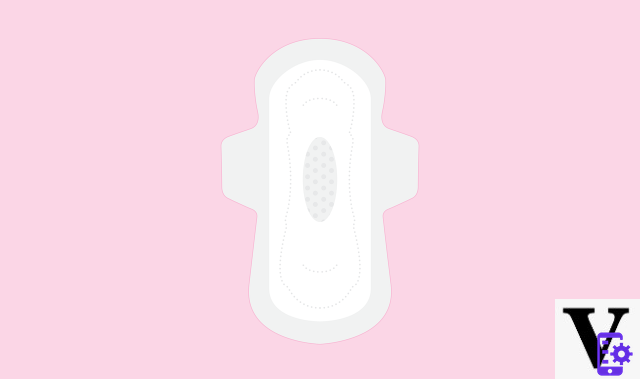
In the 60s and 70s, attitudes towards sex began to change and women felt more comfortable using tampons, especially younger women. Later, sanitary pads became mostly washable in cotton and took on the shape that is popular even in our contemporaneity. While between the 80s and the 90s thedisposable absorbent, with an adhesive strip underneath, and the cup also reappeared at the end of the 80s, becoming a reusable hygienic tool in natural rubber, in washable latex, which finally achieved the deserved success.
Today the real revolution of menstrual products is dictated by menstrual briefs and by washable pads: Greater attention and awareness of environmental issues has generated concern for the abuse of disposable products, especially plastic. For this reason, in addition to briefs, one of the most ecological alternatives used in recent years are washable pads, cloth pads and cups in surgical silicone or latex. Furthermore, in 2019, it was presented, during the CES Unveild Loon Cup, The first smart menstrual cup with integrated bluetooth sensor, capable of measuring the flow and alerting you when it's time to change. A real revolution for women.
Stigma and taboo
Although stigma has decreased in developed countries, thanks to thesex education and feminist philosophy, there is still significant stigma when it comes to menstruation and sanitary pads. Women today have many options and alternatives about menstrual products. Despite this, some taboos remain, such as the idea that tampons are a luxury item and not a primary good. L'VAT at 22% it is a sign that the taboo on menstruation is still very much present in our society. What it is necessary to do at this point is to create an increasingly free and truthful representation of the menstrual cycle, which can undermine the toxic culture received up to now.
Menstrual cup How it changed: the sanitary napkin and the feminine cycle in history






